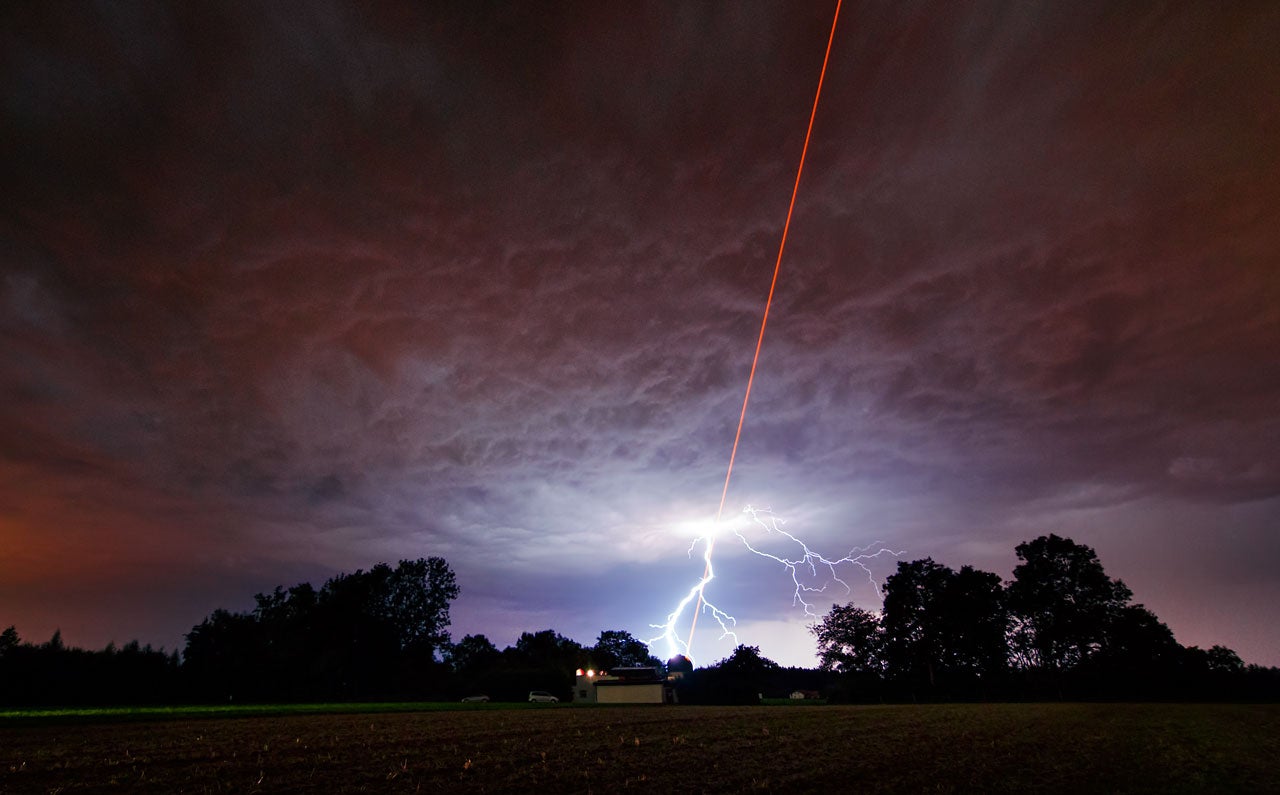- Joined
- Nov 4, 2014
- Messages
- 1,146
- Points
- 63
Hey LPF. I have been doing a lot of reading about the most current Laser Guide Star Adaptive Optics System and wanted to share some of the awe and wonder. These pictures are moving. Also here is a link of a great read on the system.
ADAPTIVE OPTICS: High-power guidestar lasers are ready for next-generation AO astronomy - Laser Focus World
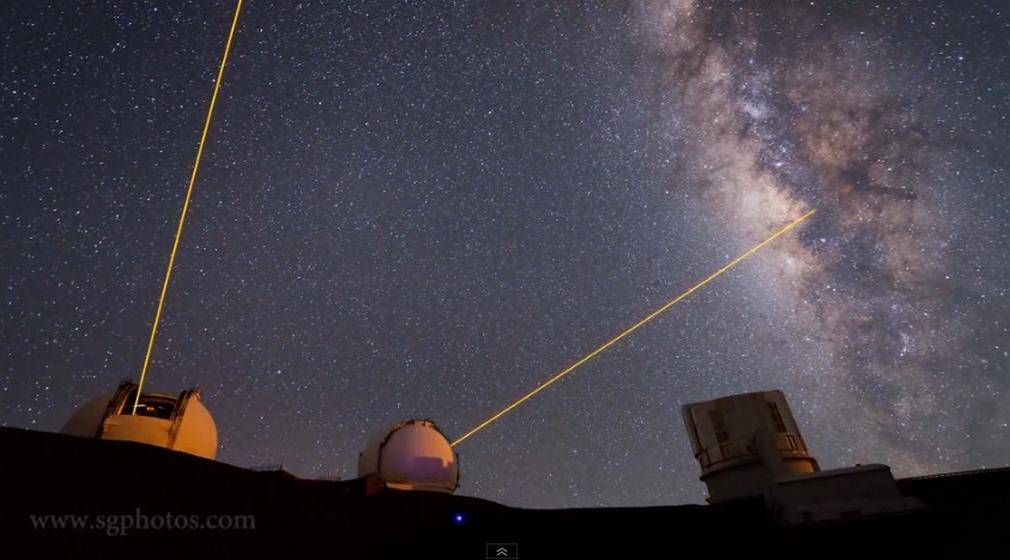
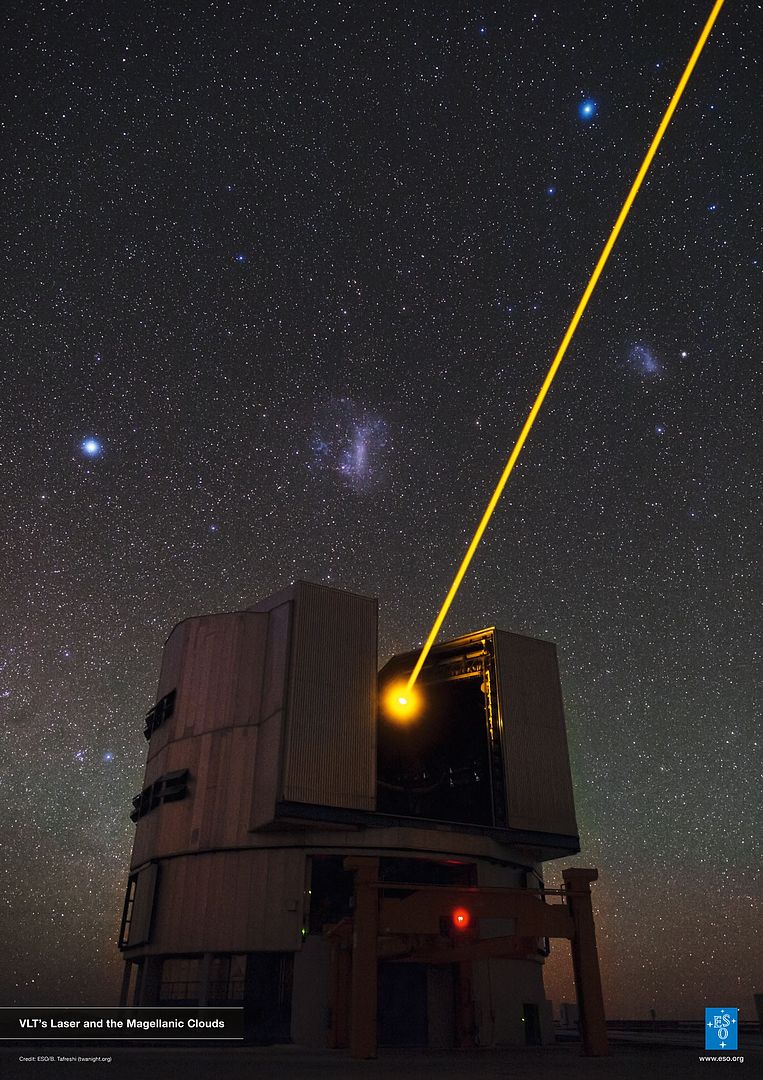
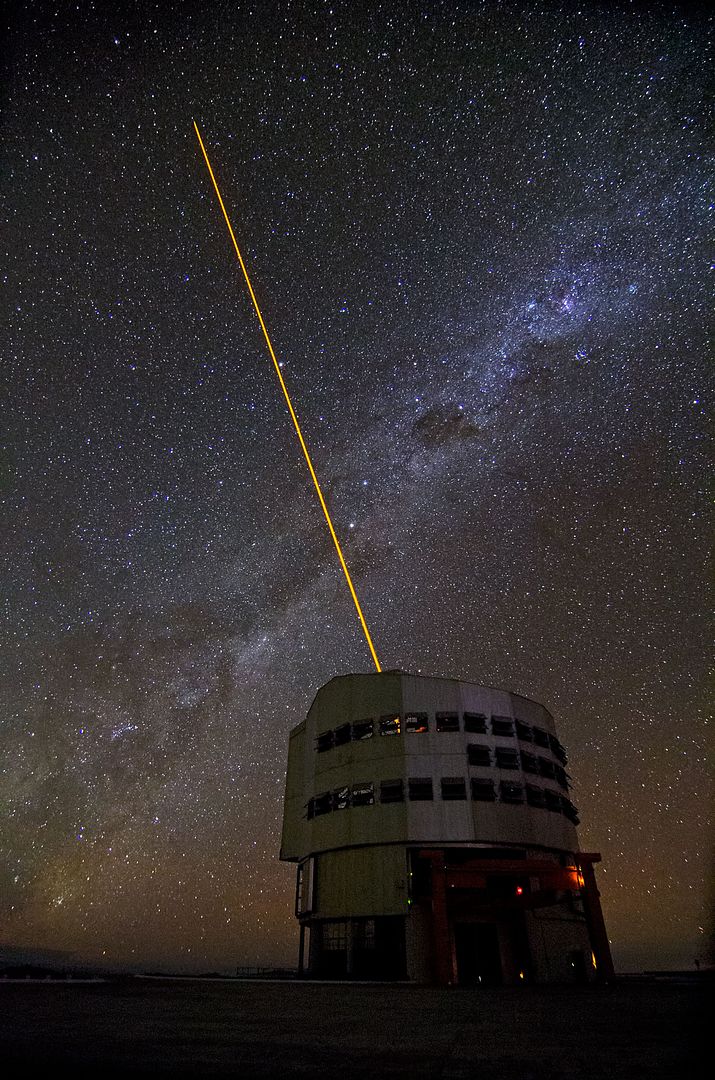
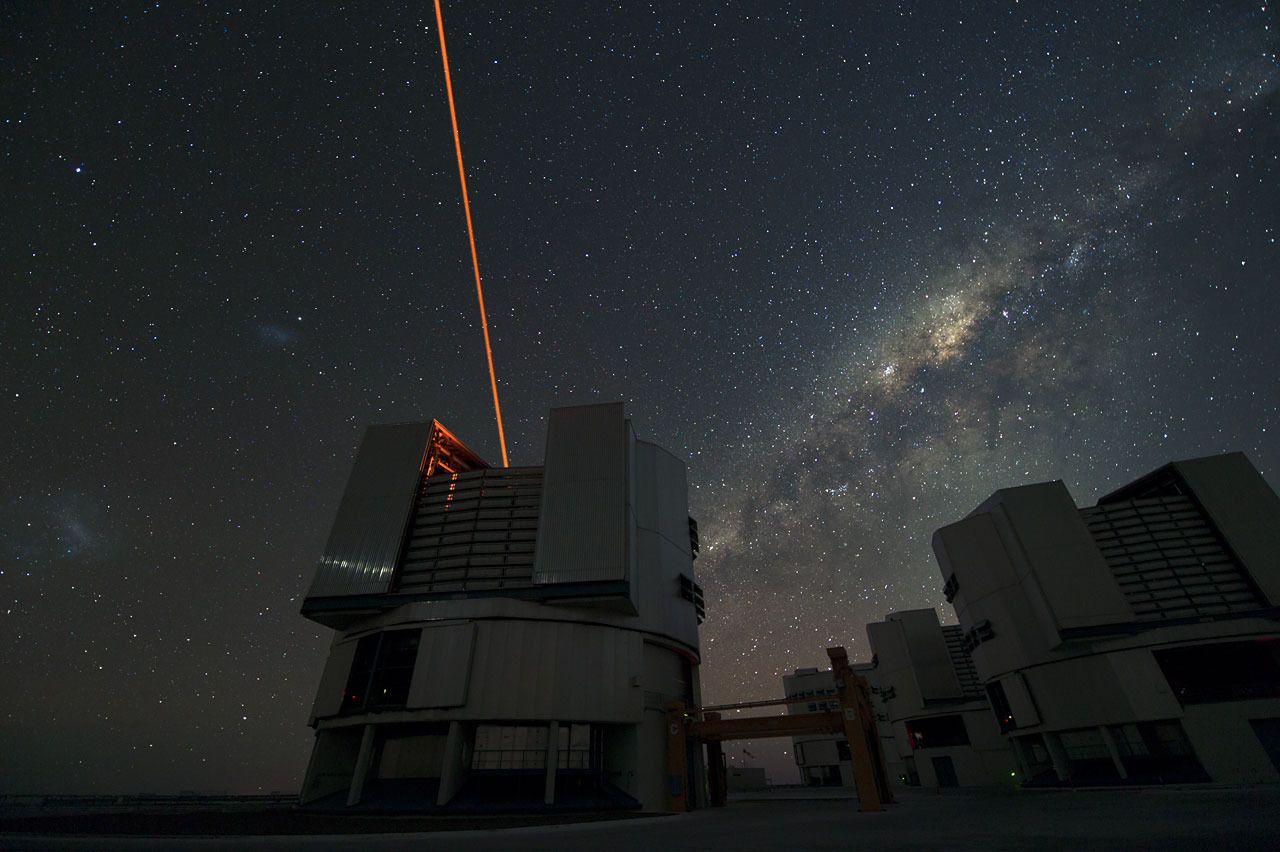
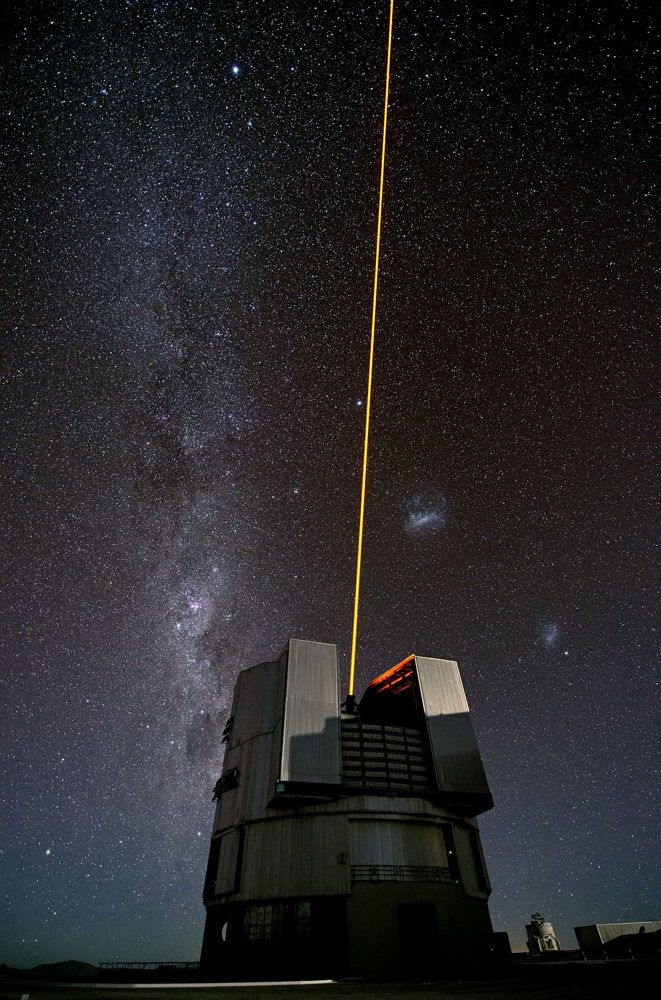

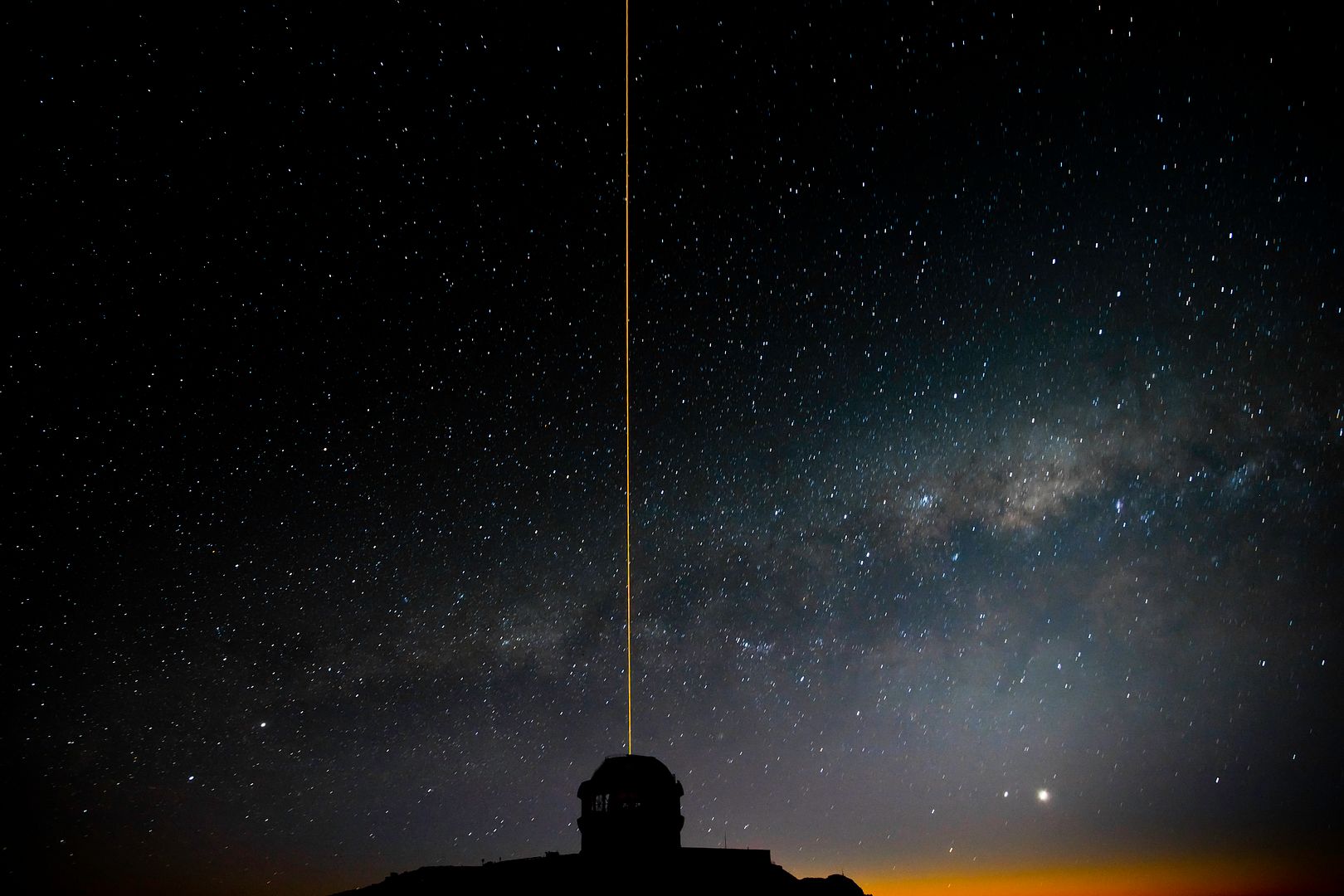
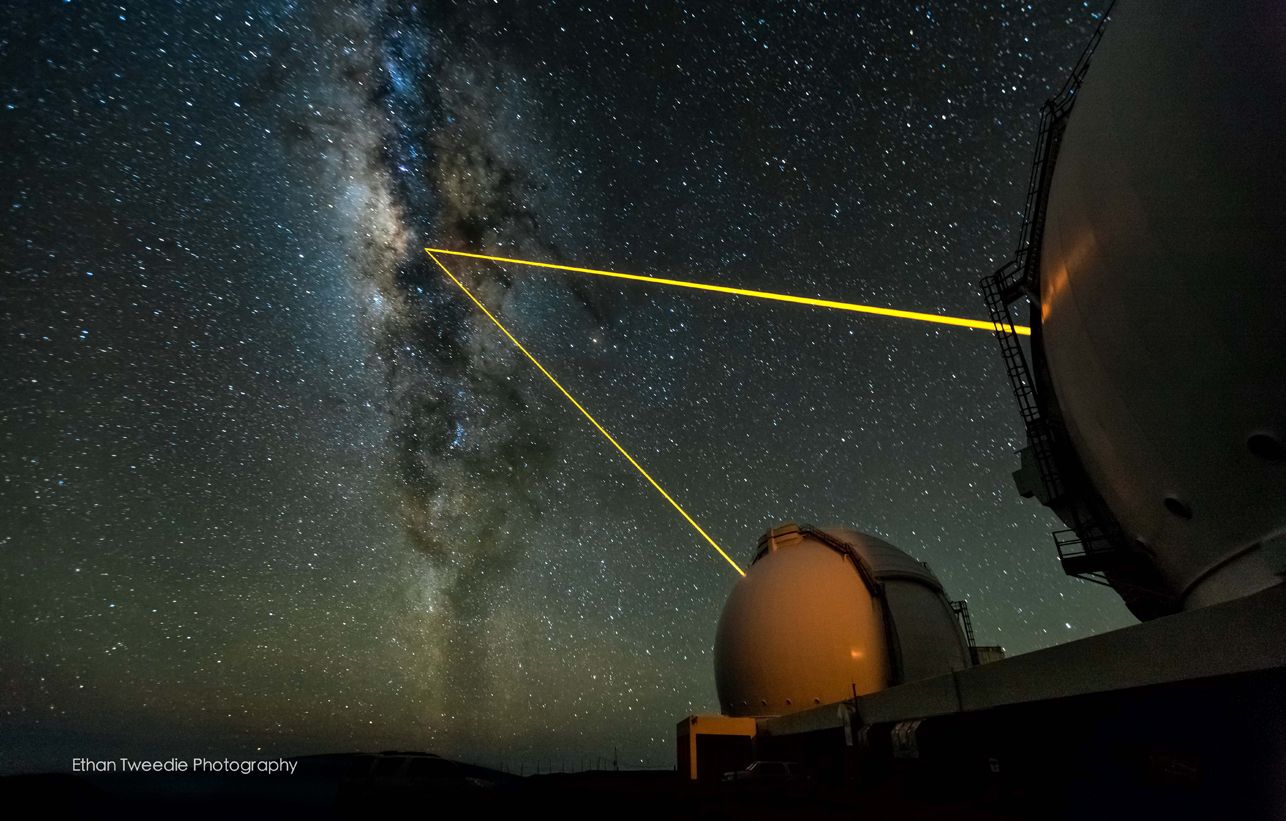
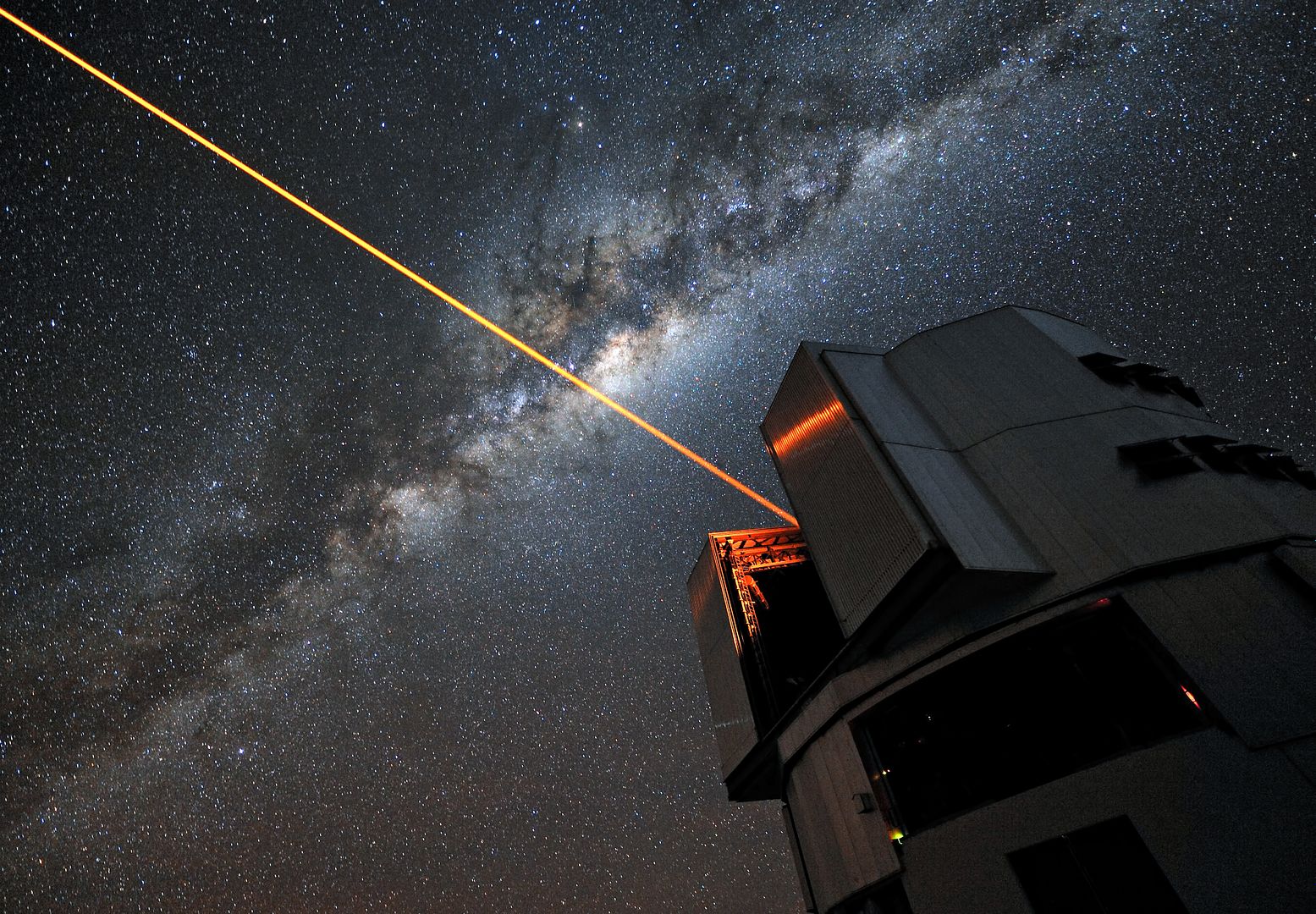
ADAPTIVE OPTICS: High-power guidestar lasers are ready for next-generation AO astronomy - Laser Focus World









Last edited:





